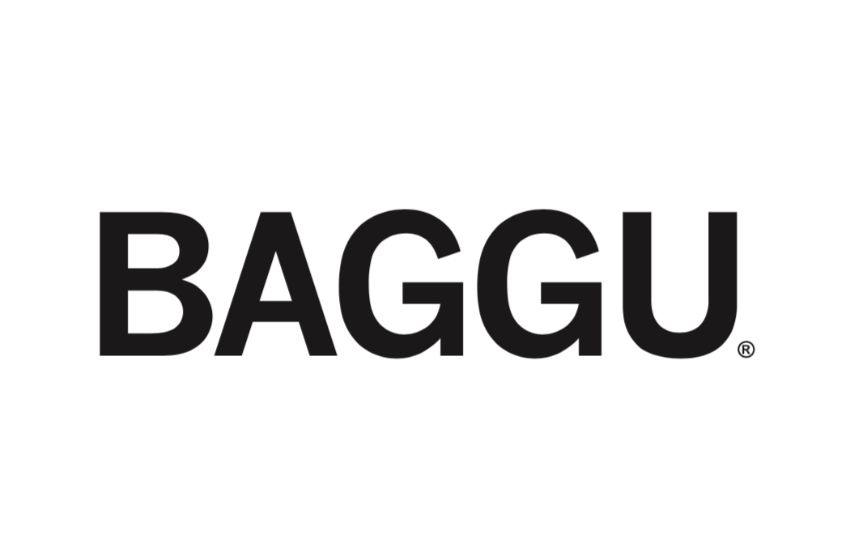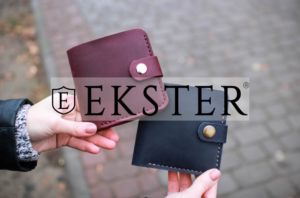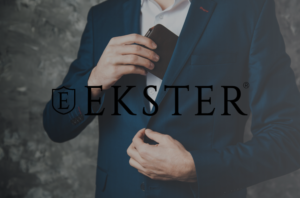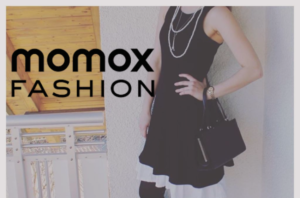Behind the Scenes | The Process of Managing Deadstock Fabrics at BAGGU
In the world of fashion, managing deadstock fabrics is a critical aspect of sustainability. Deadstock refers to excess fabric that remains unused after the production of garments, often ending up in landfills if not properly managed. BAGGU, renowned for its commitment to sustainability, has developed a systematic approach to handling deadstock fabrics. By efficiently managing these materials, BAGGU not only reduces waste but also exemplifies how innovation can drive environmental responsibility in the fashion industry.
Introduction: Understanding Deadstock and Its Impact
Deadstock fabrics pose a significant challenge for the fashion industry, contributing to environmental degradation through wasted resources and landfill accumulation. These unused materials result from overproduction, inaccurate forecasting, or changes in design direction. However, BAGGU recognizes the potential to turn this challenge into an opportunity for sustainability. Through strategic planning and creative solutions, BAGGU manages deadstock fabrics with a focus on minimizing waste and maximizing resource efficiency.

Strategic Sourcing and Inventory Management
At BAGGU, the process of managing deadstock fabrics begins with strategic sourcing and meticulous inventory management. The team works closely with suppliers to source high-quality materials while ensuring minimal excess. By accurately forecasting demand and production needs, BAGGU reduces the likelihood of ending up with surplus fabrics that could become deadstock. This proactive approach not only minimizes waste but also optimizes the use of resources throughout the supply chain.
Flexible Design Adaptations
Flexibility in design is another key strategy employed by BAGGU to effectively manage deadstock fabrics. When faced with excess materials, the design team at BAGGU explores creative adaptations and variations that can utilize these fabrics without compromising on quality or aesthetics. This may involve creating limited edition products, variations in color or pattern, or incorporating deadstock fabrics into new collections. By embracing flexibility, BAGGU not only reduces waste but also introduces unique offerings that resonate with environmentally conscious consumers.
Collaboration with Suppliers and Partners
Collaboration plays a crucial role in BAGGU’s approach to managing deadstock fabrics. The brand actively engages with suppliers and manufacturing partners to explore innovative solutions for utilizing excess materials. This collaborative effort includes exploring opportunities for upcycling, repurposing, or even donating deadstock fabrics to charitable organizations or educational institutions. By fostering strong partnerships, BAGGU strengthens its commitment to sustainability while promoting a circular economy within the fashion industry.
Upcycling and Repurposing Initiatives
Upcycling and repurposing initiatives are integral components of BAGGU’s strategy for managing deadstock fabrics. Instead of discarding unused materials, BAGGU explores creative ways to give these fabrics a new lease on life. This may involve transforming deadstock into new product lines, such as limited edition collections or accessories. Additionally, BAGGU considers repurposing deadstock fabrics for internal projects, such as prototypes or samples, thereby maximizing the value extracted from these materials.
Consumer Education and Engagement
BAGGU recognizes the importance of consumer education and engagement in promoting sustainable practices related to deadstock fabrics. Through transparent communication and storytelling, BAGGU informs customers about the challenges of deadstock and the proactive measures taken to address them. By highlighting the value of upcycled and repurposed materials, BAGGU empowers consumers to make informed choices that support sustainability. Moreover, BAGGU encourages feedback and input from customers on their sustainability initiatives, fostering a community of environmentally conscious consumers.

Conclusion: Leading the Way in Sustainable Fashion Practices
In conclusion, BAGGU’s approach to managing deadstock fabrics sets a commendable example for the fashion industry. By implementing strategic sourcing, flexible design adaptations, collaboration with suppliers, upcycling initiatives, and consumer education, BAGGU demonstrates a holistic approach to sustainability. Through these efforts, BAGGU not only minimizes its environmental footprint but also inspires industry-wide change towards more responsible practices. As consumers increasingly prioritize sustainability, brands like BAGGU play a pivotal role in driving positive impact and shaping a more sustainable future for fashion. By supporting brands that prioritize environmental responsibility, consumers can contribute to a collective effort towards a circular economy and reduced waste in the fashion industry.




